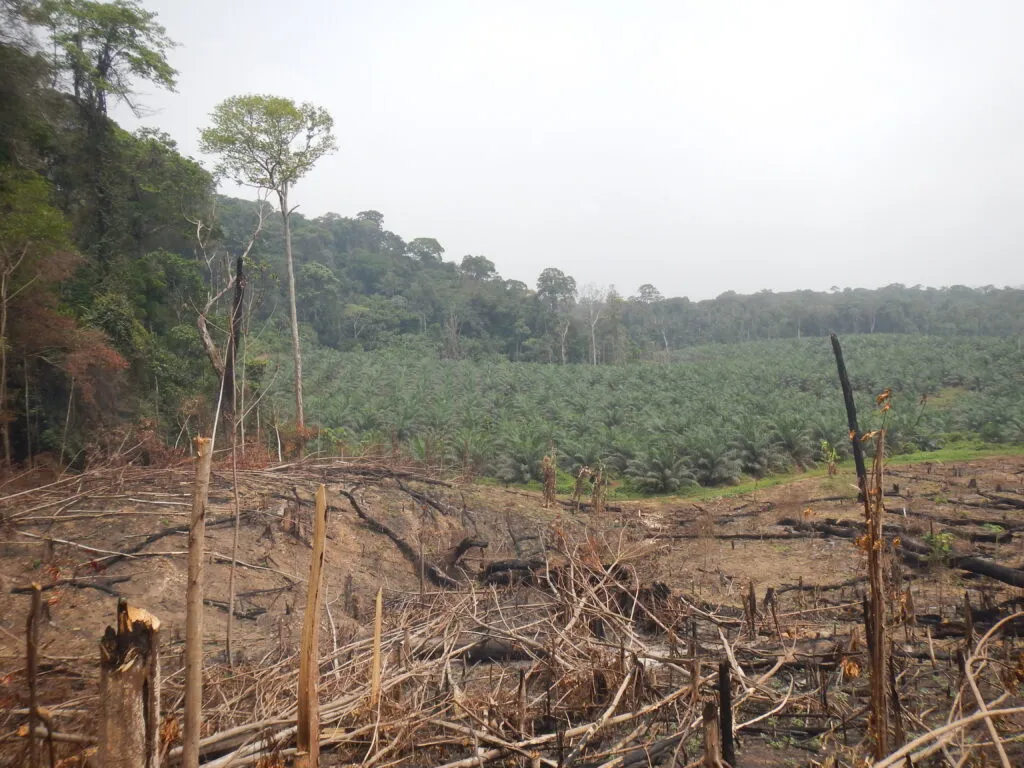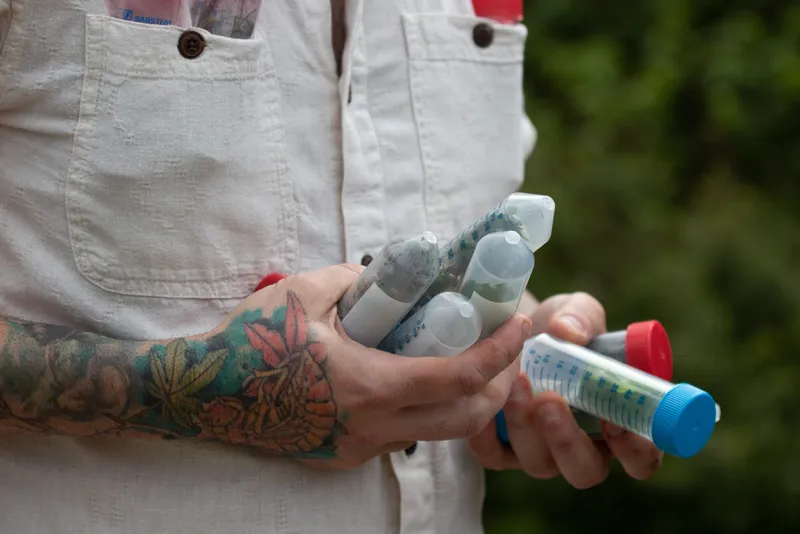In the 19th century, Charles Darwin dreamed of a list which would describe all of the world’s known plants and where they could be found. This October, the Royal Botanic Gardens at Kew fulfilled that dream by publishing what has been described as the most comprehensive plant database ever produced.
But the world has changed since Darwin dreamed up the idea. The report, named the State of the World’s Plants and Fungi 2023, not only details the discoveries of over 18,000 new plant and fungi species since 2020 – but also the incredible level of extinction risk they face.
Over 200 scientists from 30 countries were involved in producing the 60,000 peer-reviewed species conservation assessments that underpin the report. We spoke to one of those scientists –
Dr Matilda Brown, conservation science analyst at Royal Botanical Gardens Kew – to learn more about it.
What did the report find?
The report provides a global health check on the world’s plants and fungi, and it comes down to two big numbers.
First, using new modelling, we found that 45 per cent of all flowering plants are threatened with extinction. And second: we found that, of the species we have yet to describe (in a formal scientific paper), in the next years and decades over three quarters – 77 per cent – are already threatened with extinction.
For fungi, it’s harder to get that big picture of extinction risk, because we’ve only described around 10 per cent of fungal species. And of those, less than one per cent have conservation assessments [papers that detail how at risk they are].
What could we lose if plants and fungi go extinct?
A world without plants and fungi is a world without humans. Plants underpin all aspects of humanity: they’re what we eat, what we wear, what we get our medicines from.
Nine out of ten of our medicines come from plants, including the medicines we use to treat leukaemia, which come from the Madagascar periwinkle (Catharanthus roseus). They’re also responsible for the air that we breathe.
When we’re talking about losing this amount of plant diversity, we’re talking about losing an enormous amount of potential future opportunities.
For example, a species called Vepris onanae was only described as recently as 2022, but we’re already looking at its potential anti-microbial properties. It’s a medium-sized citrus tree found in the cloud forests of Cameroon, but it’s already threatened with extinction. Species we’re only just finding out about have these potential untapped benefits to humanity.
There are potent medicinal uses of fungi, too, from penicillin to cholesterol medication. And we’re just starting to explore some of its other uses, like as a building material. It's even been used as a bioremediator [microorganisms that break down contaminants] because we know that some fungi can actually digest plastics. It’s a really exciting frontier of science.
What would a world without plants and fungi actually look like?
That would depend on how we’re losing these species. If we’re talking about a climatic apocalypse with huge drought events, large portions of the world might become uninhabitable for most plants. But if we’re looking at habitat loss and then regeneration, we’ll probably see more weedy species taking their place.
Each species represents some amount of time of unique evolutionary history, anywhere up to a hundred million years. That’s irreplaceable – we can’t replicate tens of millions of years of evolution to bring them back. And we shouldn’t be losing species to extinction just because they’re not important to us.
Eventually, replenishing lost biodiversity through natural evolution and new species would happen, but it’s not going to help us as humans.

This is a serious level of threat. What caused it?
The biggest threat to plants is habitat loss – or, at least, it’s the biggest and most immediate documented threat. It’s something that we can look at on satellite imagery; we can see that the land has changed from intact rainforest to become agricultural land.
There are other threats like over-collection of useful species, and climate change is certainly on the horizon. But it’s a lot harder to document.
To get an estimate of its impact, we must have enough information about a species to be able to examine it under different climate scenarios. Only then could we determine what proportion of its range will be lost. But it’s just not possible to look at each species individually when there are about a third of a million species to model.
We’re certainly worried about climate change, but it’s a lot harder to put a number on it.
How far down the line towards extinction are we? Is there time for us to fix it and how can we do so?
Given that documenting plant extinction risk is difficult, we’re still working on a timeframe. We know that extinctions are double the rate that they were before 1900. But narrowing it down to when an individual species might go extinct is harder than you might think.
So what we’re looking at currently is more of a threat level than a prediction. It’s also both a warning and a prioritisation tool. It tells us, if we do nothing, which species are most likely to go extinct first, versus those that are likely to be able to hang on.

We know that if we want to bend the curve of biodiversity loss, we need to act now. There are some things that we know we’ve already lost that we won’t be able to get back. But that doesn’t mean that we shouldn’t be acting now to preserve as much biodiversity as we can.
Preserving ecosystems is the best way to maximise that biodiversity into the future. That way we protect all the species within it: those that we know about, as well as the ones we haven’t yet found.
About our expert
Dr Matilda Brown is a conservation science analyst at the Royal Botanical gardens Kew. Their research has been published in the journals Global Ecology and Biogeography, Annals of Botany, and Methods in Ecology and Evolution.
Read more: